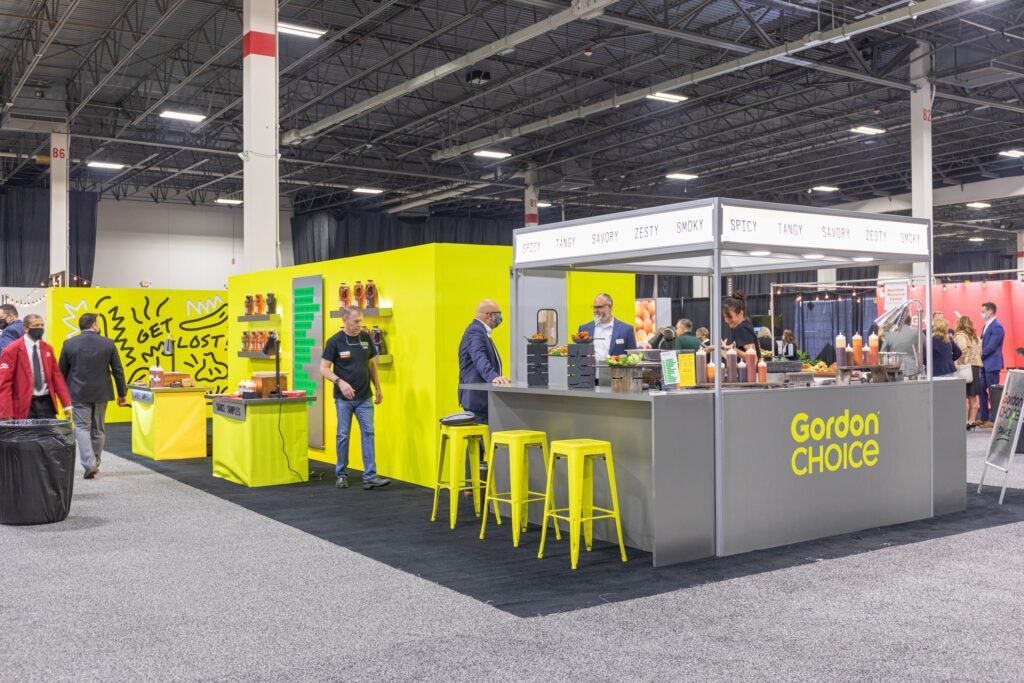Labor difficulties persist for restaurants, and owners are feeling the pinch of dwindling sales and rising costs while managers are struggling with recruitment, retention, and training.
A National Restaurant Association survey suggests that 78% of restaurants can’t recruit enough employees to meet demand, which has resulted in reducing hours of operation, dining room capacity, and menu size.
Hiring staff is expensive. So is scheduling to cover vacancies, recruiting job candidates, and onboarding and training. It’s less costly to invest in motivating employees so they will stick around. Here is a reminder of some proven strategies:
Key Areas of Focus
To effectively address the staffing crisis, we need to understand the current pressures and employee values and focus on key areas:
Understanding the Competition:
What are other restaurants offering? Don’t just look at pay; consider benefits, training, and work environment.
Benefits that Matter:
Beyond pay, what truly motivates employees? Think about flexible schedules, health insurance, paid time off, and opportunities for advancement.
A Culture of Training and Upskilling:
Provide ongoing training and development opportunities. Invest in your employees’ growth, and they’ll invest in your business.
Making Employees Part of Your Business’s Story:
Can your employees articulate your company’s mission and values? When employees feel connected to the bigger picture, they’re more likely to stay.
Tech Platforms that Can Make Life Easier:
Explore technology solutions for scheduling, communication, and training to streamline operations and improve employee experience.
Have an IMPACT on Retention.
Use the IMPACT approach to engage employees and remind them why their work matters:
- I — Involved. Deepen bonds by showing you’re invested in the team’s outcome.
- M — Mentor. Guide your team through unfamiliar situations to build confidence.
- P — Pay. Compensate them in ways that go beyond hourly wages.
- A — Appreciate. Single out top performers publicly, if possible.
- C — Challenge. Offer opportunities so people can perform at a higher level.
- T — Trust. Create a relationship that encourages people to bring concerns to you.
Leadership Enhances Retention
Most employees don’t quit a job; they quit a boss. Retain employees by being a boss who balances being in charge and understanding human behavior. Workers are more likely to stick around when you exhibit leadership skills like these:
Plan Check-Ins and Evaluations
- Schedule performance meetings to track growth.
- Giving advice builds confidence
- Listening to feedback strengthens relationships
Offer Ongoing Education
- Have open training for food, beverage, and kitchen skills.
- Paying for ongoing certifications invests in your team
- Building the benefits of their skills cross-training and promotion
Connect With Employees
- Yes, it’s a business, but it’s not all about business.
- Ask employees about their lives outside of work
- Organize staff appreciation activities
Offer Incentives
It doesn’t take much to show appreciation:
- Offer a cash reward based on attendance or number of call-ins
- Give bonuses based on progress and improvement
- Provide a free staff dinner to everyone
- Reward people with the choice to work preferential sections, desired shifts, or assign them to lucrative events, like parties or events
- Create an “Employee of the Month” to honor and motivate team members
Ask your Gordon Food Service Sales Representative about “Staff Smarts,” our staffing guide to help you manage today’s labor challenges.











